


Choosing a wine and understand its label
To avoid being bewildered by the vast range of choices, here are some tips.
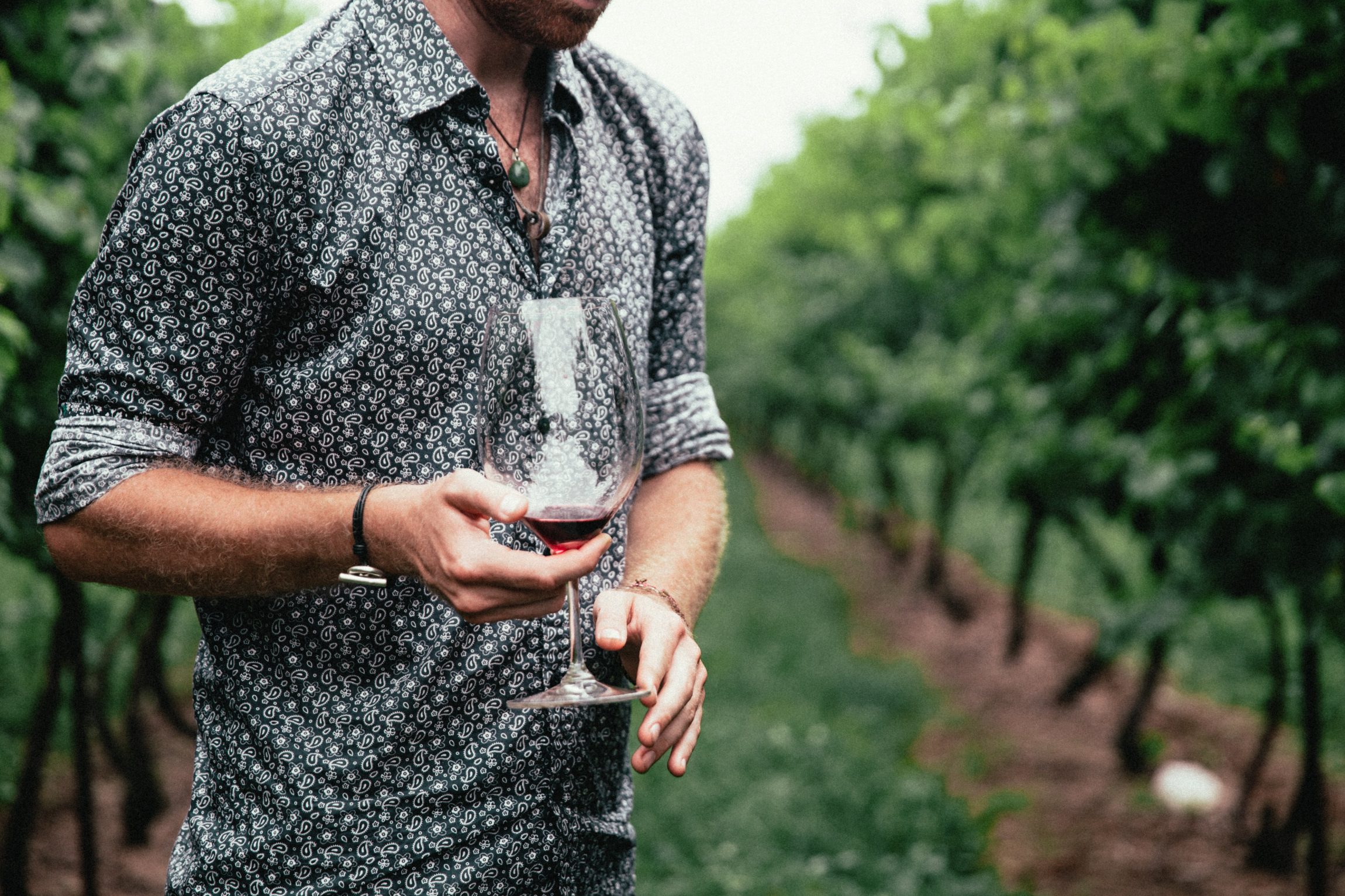
We all have an expert wine retailer nearby, who is always delighted to help in choosing a wine which will not fail to please. Tell this expert the dishes your Saint-Émilion is to be served with, your tastes, the type of occasion you are celebrating and of course your budget. This should be enough for the expert to recommend a wine.
Depending on its body and the terroir it comes from, the expert will tell you when to open the wine and how to serve it.
On the label of a bottle there is a host of information that can indicate the quality of the wine, such as the estate name, any brands, appellations, where the wine comes from, alcohol content, grape variety(ies), where it was bottled and the vintage. These details will also guide your choice.
Quick hint: wines that cite an “AOC” are more reliable, because they have been produced in a specific geographical area and meet strict rules governing their production.
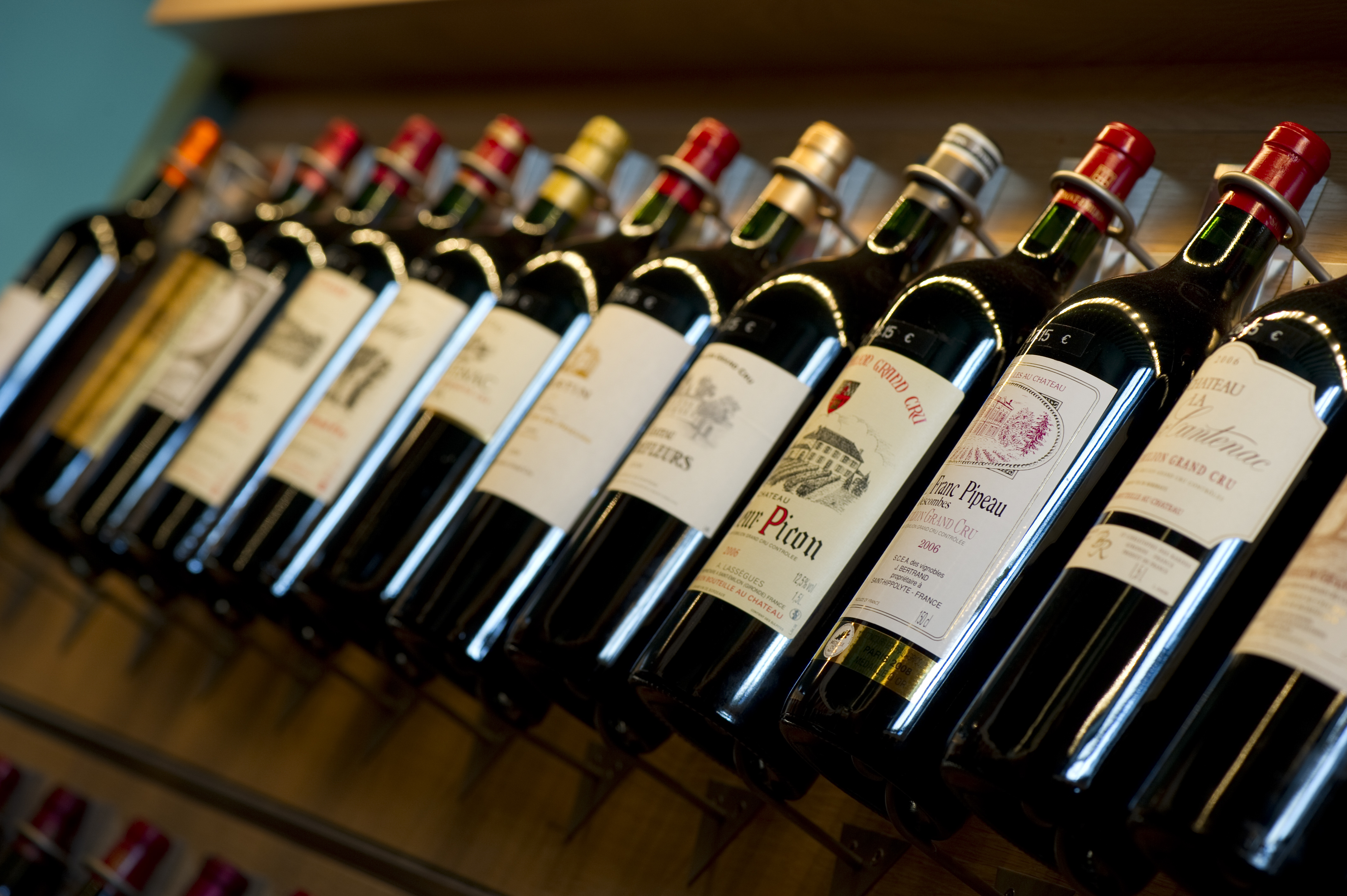
THE LABEL ON A BOTTLE PROVIDES USEFUL INFORMATION TO CLARIFY THE WINE’S CHARACTERISTICS.
EEC regulations require that clear information on where a wine comes from and its characteristics be made easily available to consumers by just reading the label. Depending on the wine’s category, certain obligatory information must also feature on labels.
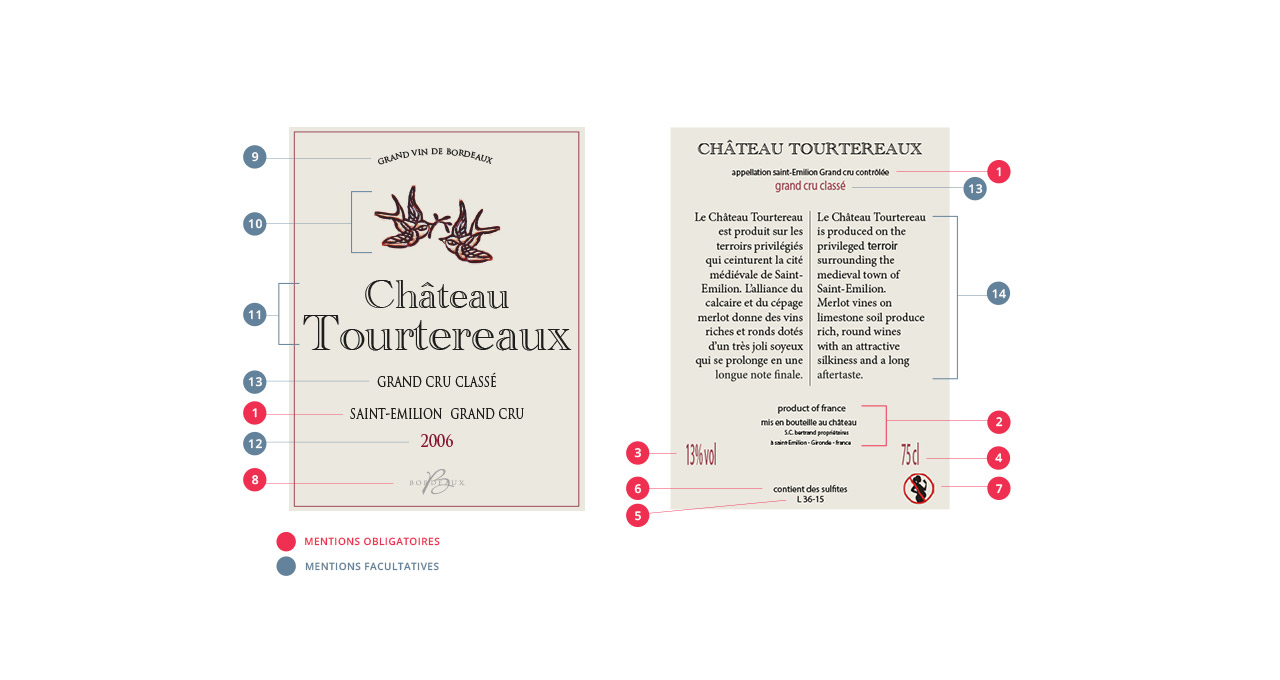
OBLIGATORY INFORMATION
1 The name under which the wine is sold. Wines may claim to belong to an AOC or PDO (Protected Designation of Origin), if they meet the strictly defined production requirements set out in the AOC or PDO specifications.
2 The identity of the bottler and the address of his head office for wines bottled under the responsibility of winegrowers or merchants.
3 The alcohol content.
4 The quantity of wine in the bottle.
8 A reference to Bordeaux, which must appear on the conditioning of any wine from one of the Bordeaux appellation areas.
REGULATED OPTIONAL INFORMATION
9 Traditional designations for AOC or PDO wines – expressions customarily used in the Bordeaux area, such as AOC, Château, Cru Classé, Grand, Premier, etc.
10 A photographic or stylised representation of the chateau, estate, brand or logo.
11 The name of the chateau, wine, estate or brand.
12 The vintage or harvest year.
13 Awards given to the vintage concerned by an official body in the form of competition prizes or medals, etc. The year of the award must always be after the year of the vintage.
14 The product’s colour and type.
When considering vintages it should be borne in mind that every region has its own weather patterns and a bad year in another region does not necessarily mean that it was a bad year in Bordeaux.
Showing the year of the harvest is an important indicator of the quality of those Saint-Émilion wines that have been laid down, but if the wine is to be drunk within two or three years of its being made, the vintage is less important.
In fact, the Saint-Émilion winegrowers do everything in their power to make every vintage a great year, whatever opinions circulate on the harvest of any specific year.

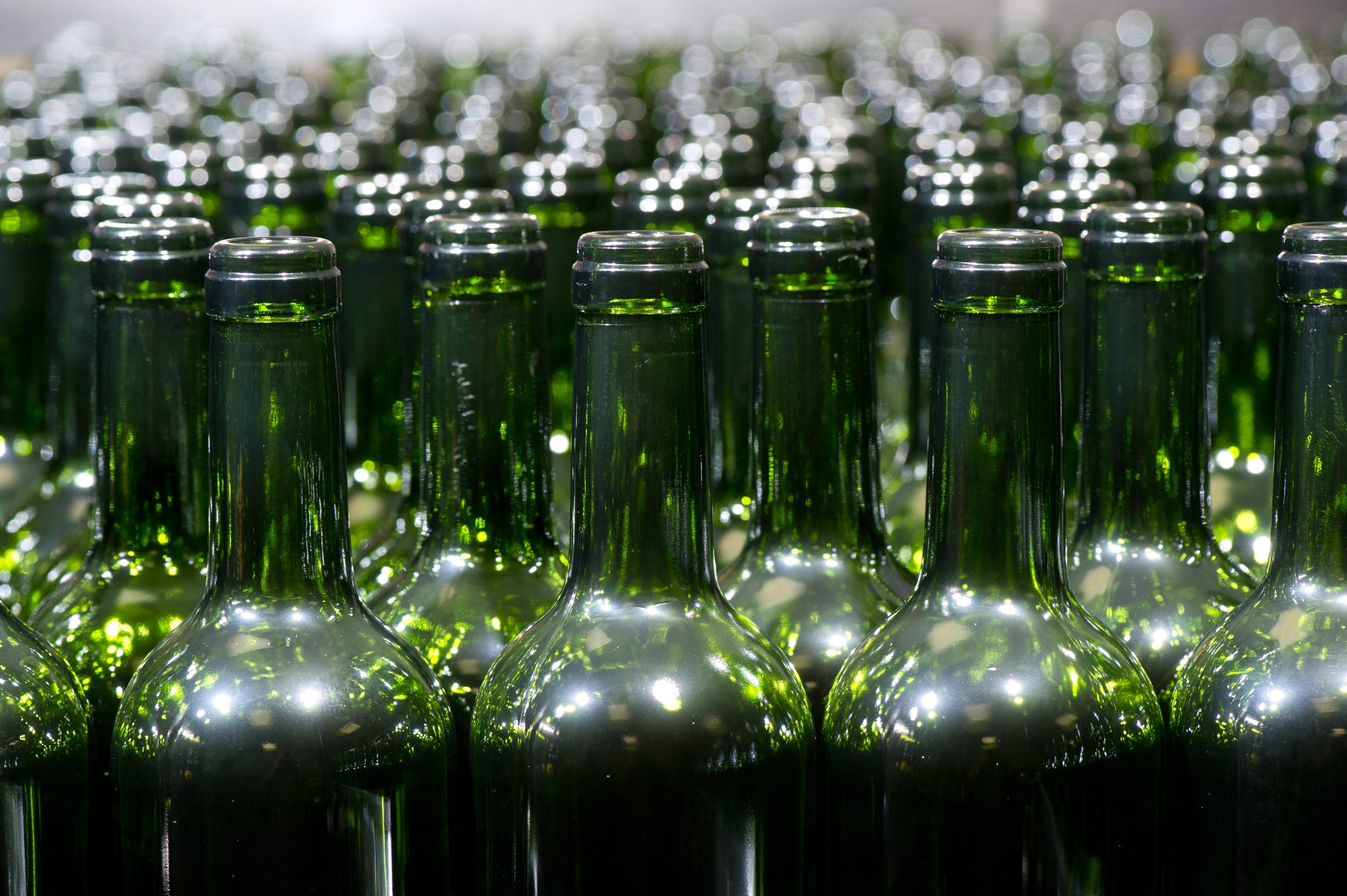
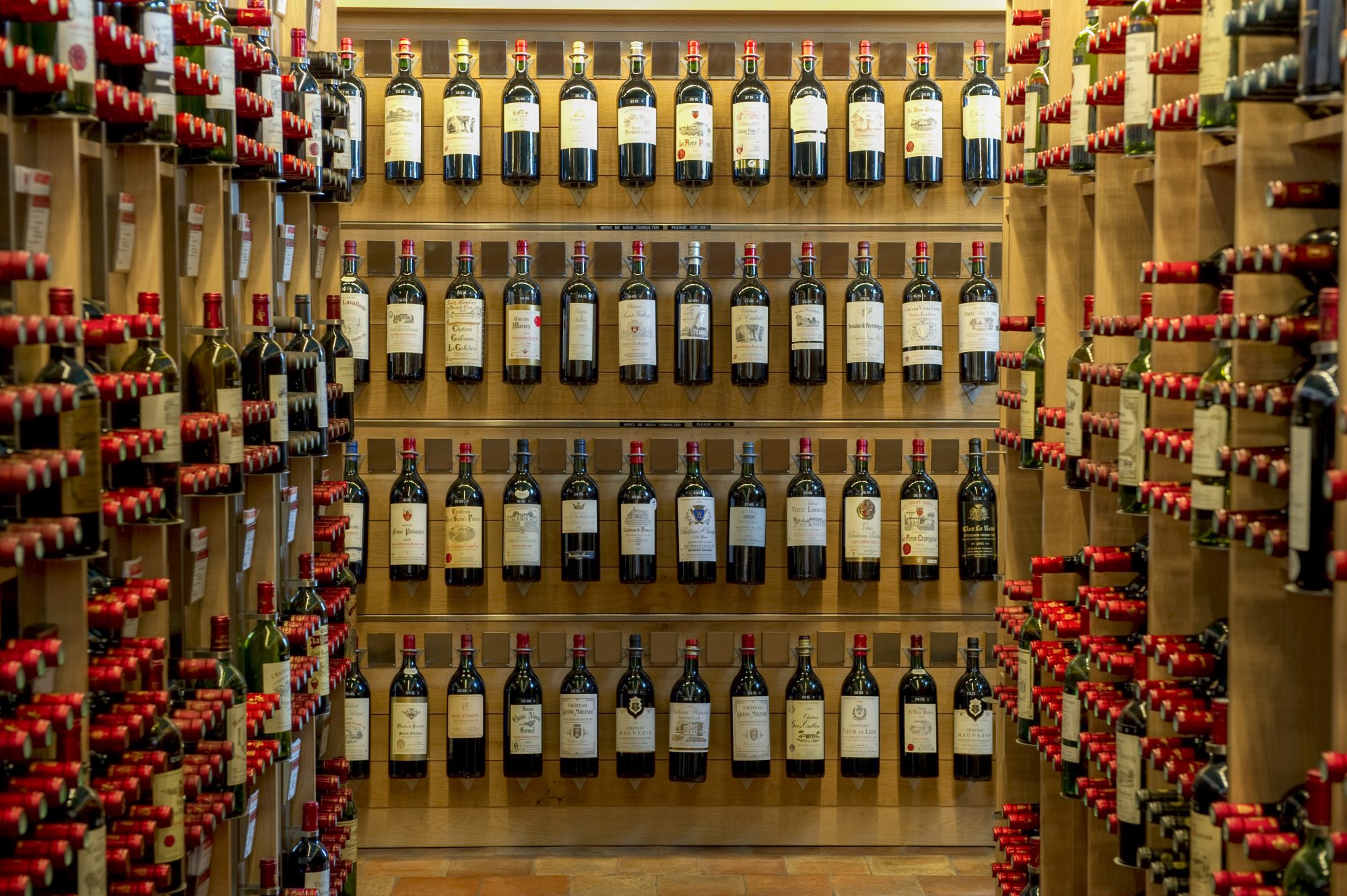
If you live near Saint-Émilion, you can easily go directly to the producer’s property or the Maison du Vin, which is the Saint-Émilion winegrowers’ official shop.
This will always be an enjoyable experience, when you can talk to the winegrower and taste before buying.
In town, your local wine retailer is your best bet. These experts spend time in the winegrowing areas and select producers. They will find out your preferences and advise you in your choice.
Finally, you can find good wines in supermarkets. The special wine fair events organised by many, provide some great opportunities. However, bear in mind a couple of rules, such as never taking bottles that have been too exposed to the light or that seem slightly warm, when held in the hand.
The old adage “the dearer the wine, the better it is” is not a reliable guide. Saint-Émilion wines suit all budgets and you can find very good wines at different prices.
Prices vary depending on vintage, reputation, AOC, classification and even the shop where you buy the wine. Often, it is more worthwhile to buy them directly at the chateau. This way, tasting the wines in the winegrower’s cellar is an excellent way to be sure about what you buy.
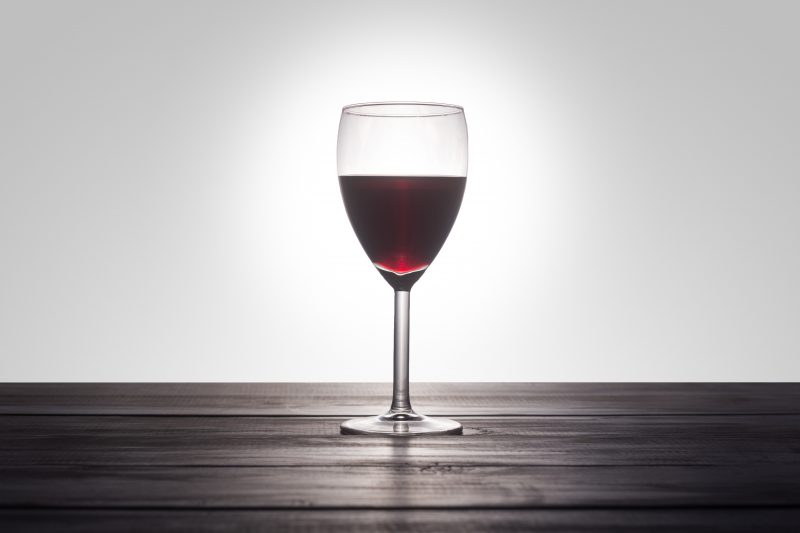
One way to assess the quality of a wine could be to form an average idea from the opinions of several professional tasters. However, an expert’s opinion cannot guarantee that you will actually like the wine that you have just bought, which of course is a matter of personal taste.
Use your own personal “tools”: sight, smell and taste, which are certainly subjective. So, pay close attention to your perceptions and trust yourself, because a “good” wine is primarily a wine that you like and would like to drink another bottle of, sensibly.